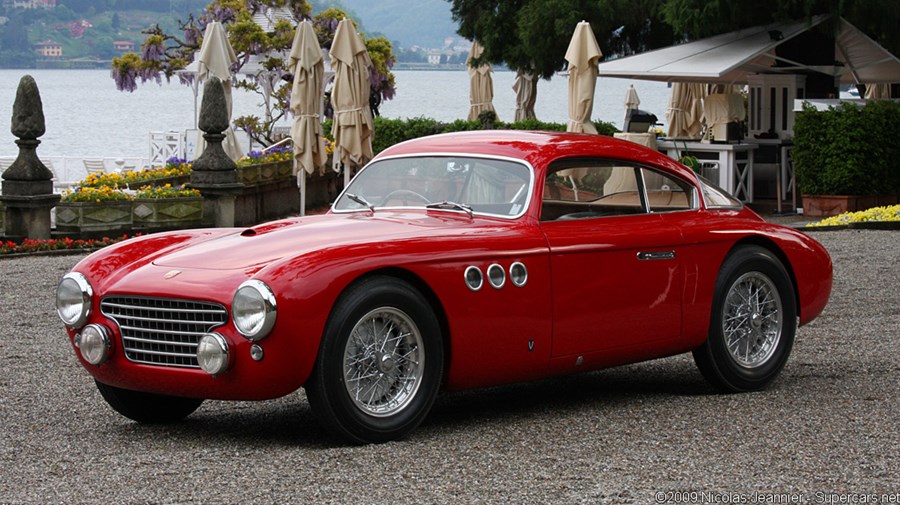11 April 2023
Karl Abarth was born in Vienna, Austria, to an Italian father.
Austrian-born Karl Abarth started on motorcycles and won at least five European motorcycle championships before the outbreak of the Second World War.
Following a fascinating turn of events (for a future article), a partnership between Porsche and a business, Cisitalia, began. Abarth began working for Cisitalia as the technical and racing director.
Abarth designed a Porsche single-seater, mid-engined, Cisitalia Formula 1 car featuring four-wheel drive.
Unfortunately, the spiralling cost of the F1 car put Cistalia in severe financial straits. In 1948 they made a deal with Argentina’s dictator Juan Perón which ended in disaster and the demise of Cristalia.
When the company collapsed, Abarth took the sports cars from the team as his severance pay, rebadged them Abarth Cisitalias, and continued to enter them in races.
These eventually resulted in the Abarth 205, a pretty small coupé that debuted victoriously at Monza in 1950 and won the 1100 Class. Sadly, Abarth only produced three of these gems.
Mr Abarth was an uncompromising man. Lack of punctuality and criticism of his cars were mortal sins.
Enigmatic and fiercely competitive on two and four wheels. Abarth challenged and beat the Orient Express train in the saddle of a motorbike and side-car, travelling over 850 miles from Vienna to Ostend.
For three reasons, Mr Abarth chose the Scorpion as the symbol of his fledgling company; it was his zodiac sign, challenging to replicate and represented Abarth’s credo: ‘small but mean’.
Oh, and when Karl became Carlo.
In 1934, with the economy in Austria struggling, Karl moved to Italy again and became known as Carlo Abarth.
![]()

